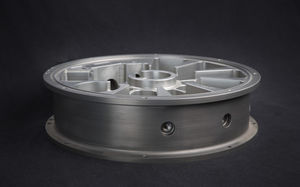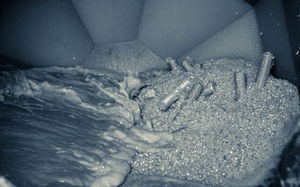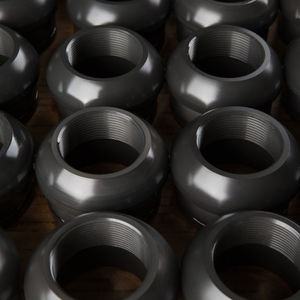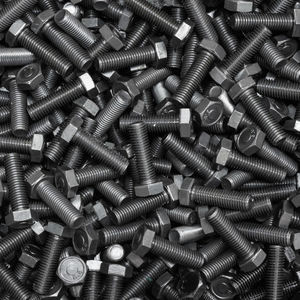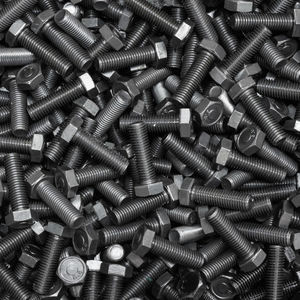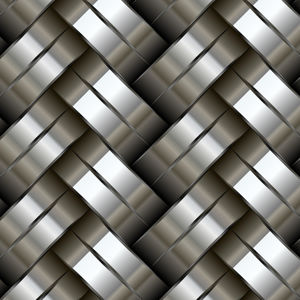
- Industrial machines and equipment
- Surface Treatment
- Manganese phosphating
- Industrial Metal Finishing

- Products
- Catalogs
- News & Trends
- Exhibitions
Zinc phosphating manganeseISO 9001for metal fabrication

Add to favorites
Compare this product
Characteristics
- Type
- zinc, manganese
- Certifications
- ISO 9001
- Applications
- for metal fabrication
Description
Phosphate Coatings
Phosphating (also known under the trade name as Parkerizing™) is the chemical deposition of zinc or manganese onto a part. The difference between the two types is primarily in the grain size of the crystals created during the process. The zinc phosphate tends to be a finer crystalline pattern, while manganese phosphate produces one that is more course. These patterns create more surface area on the part and an improved anchor profile for better adhesion for a subsequent coating. They also provide increased corrosion protection when applied with another coating.
Benefits:
• Prolong the life of organic coating
• Provide good paint bonding
• Improve corrosion resistance by providing a good base for absorbing and retaining rust preventative materials
• Provide an excellent base for holding lubricants and drawing compounds
Below is the most common specification for phosphate coating.
MIL-DTL-16232G
Type Z: Zinc phosphate coating
Class 4 – With no supplemental coating or coating as specified
Type M: Manganese phosphate coating
Class 4 – With no supplemental coating or coating as specified
Related Searches
- Anodic oxidation
- Aluminum anodic oxidation
- Anodic oxidation with coloring
- Painting
- Passivation
- ISO 9001 anodic oxidation
- Painting on metal
- Galvanizing
- ISO 9001 passivation
- Hot dip galvanizing
- Steel passivation
- Aeronautic anodic oxidation
- Phosphating
- ISO 9001 phosphating
- Steel galvanizing
- Sulfuric anodic oxidation
- Cadmium plating
- Chromic anodic oxidation
- ISO 9001 galvanizing
- Aeronautic passivation
*Prices are pre-tax. They exclude delivery charges and customs duties and do not include additional charges for installation or activation options. Prices are indicative only and may vary by country, with changes to the cost of raw materials and exchange rates.


